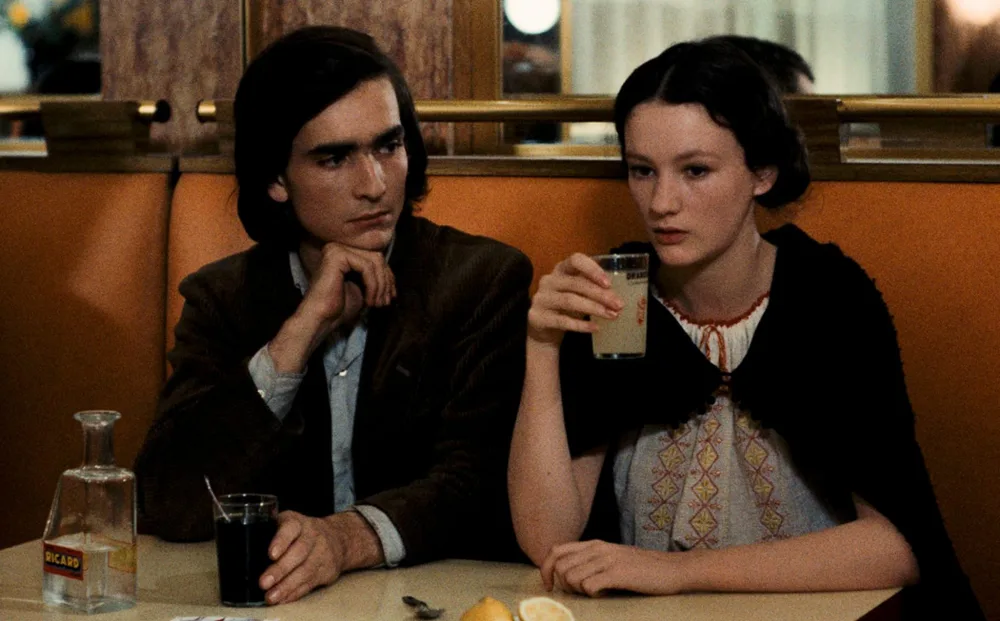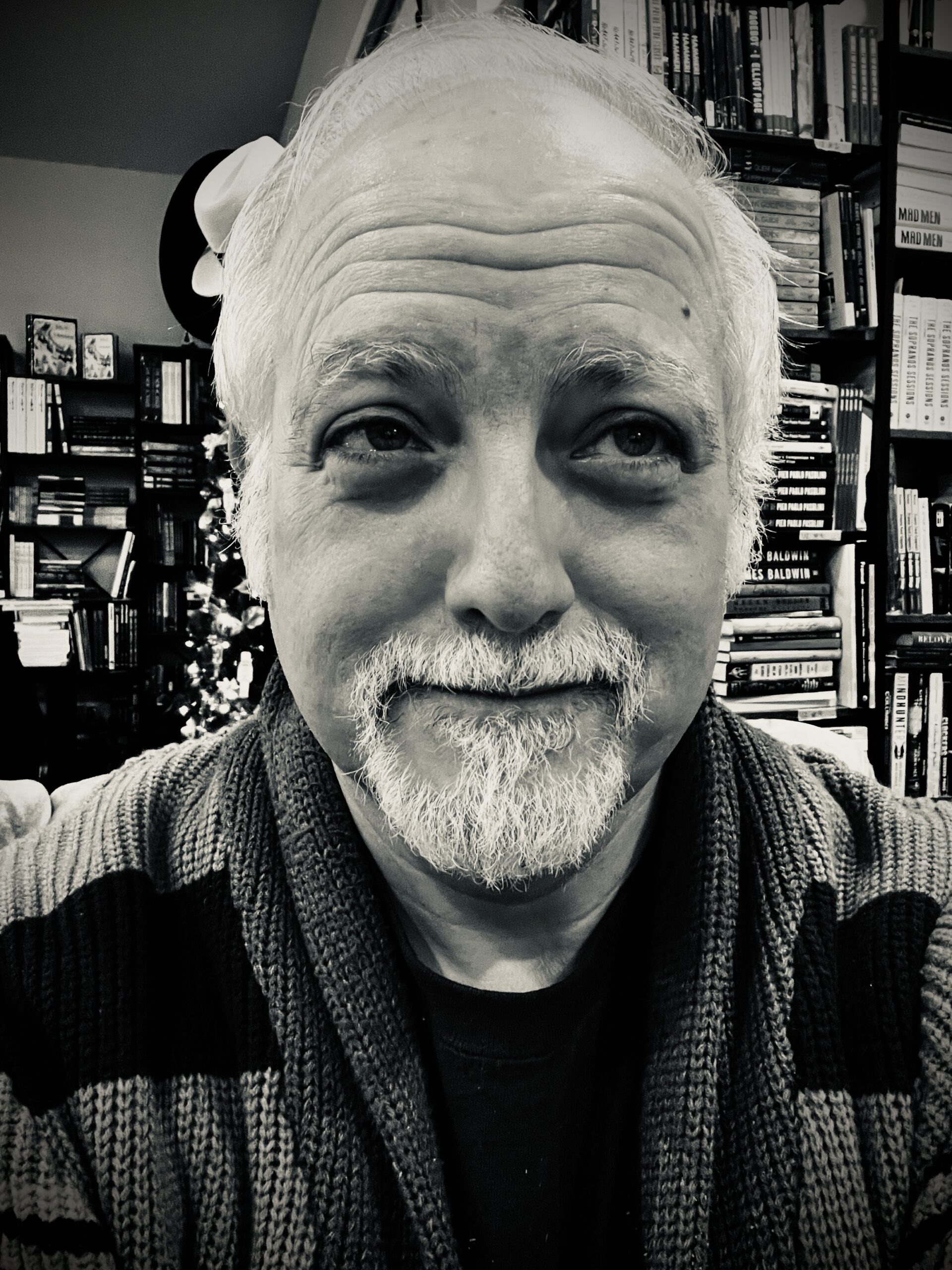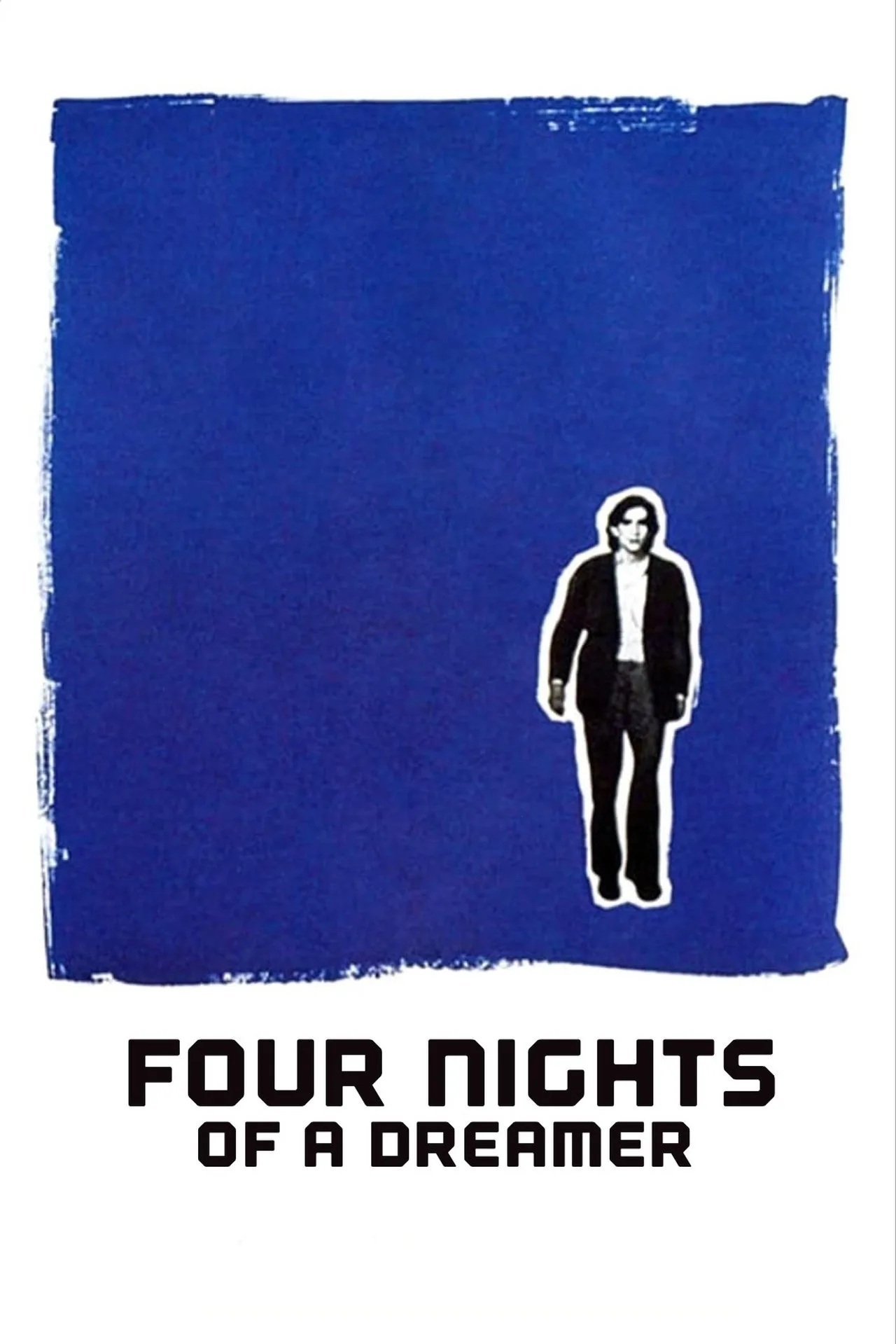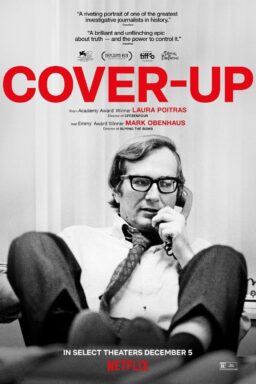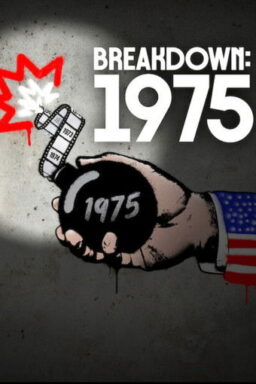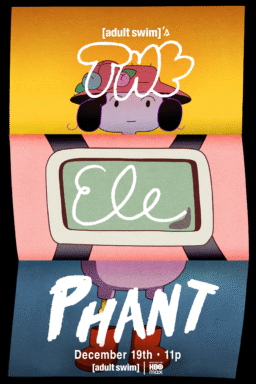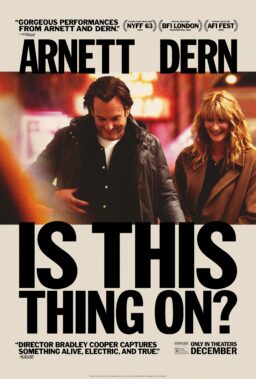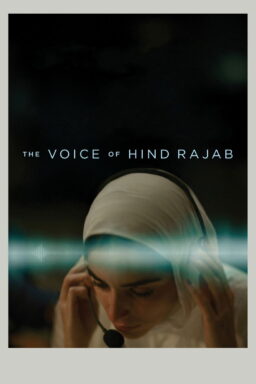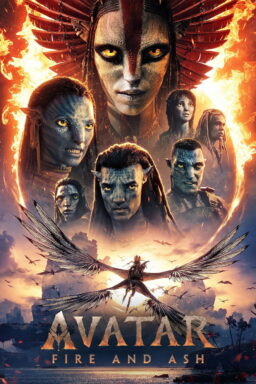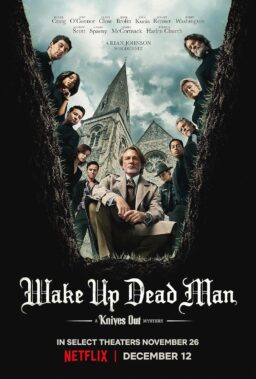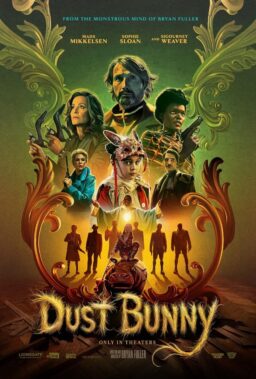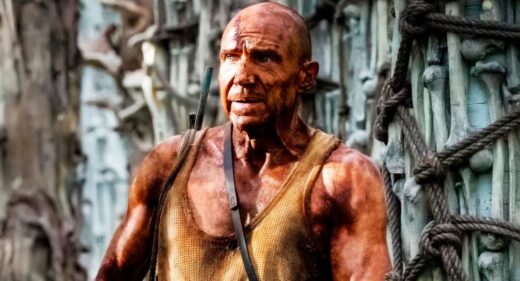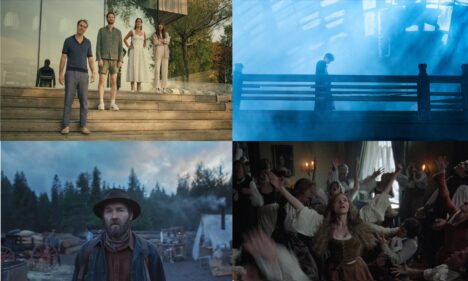“Four Nights of a Dreamer,” Robert Bresson’s nocturnal comedy-drama about twenty-somethings in Paris, feels at once old and new. It’s a snapshot of neon-and-cobblestone Paris in the late 1960s. There are brief images of sunlit fields in the opening sequence, in which the young hero, a lonely and dirt-poor painter named Jacques (Guillaume des Forêts), takes a bus from Paris out to the country to clear his head, and daytime scenes in a couple of flashbacks to fill us in on the two characters’ pasts. But the most important action occurs between dusk and dawn. It’s a film about night people that will make night people in the audience feel seen. It’s also an off-kilter love story, about maladjusted, self-involved individuals whose grand gestures seem drawn from novels and movies rather than life.
The main couple, Jacques and Marthe (Isabelle Weingarten), meet on the Pont Neuf after Jacques sees the distraught Marthe preparing to jump into the river. Jacques tries to intervene, but Martha remains on the water side until cops show up, at which point she abandons her suicide attempt. We learn that Marthe lives with her grandmother, who rented the extra bedroom to various tenants. The latest was a graduate student (never named) that Marthe became infatuated with. The two had a brief but intensely physical relationship that ended one year earlier, when the student found out he’d been accepted at Yale and promised Marthe he would marry her when he returned the following August. Jacques first encountered Marthe at the spot where she was supposed to wait for her future husband.
Jacques is a painter, but he’s blocked. He makes up love stories, dictates them into his tape recorder, and plays them back, hoping they’ll get him excited enough to paint, but he can never manage more than a few brush strokes at a time. His relationship with Marthe starts out platonic and chivalrous (he agrees to deliver a letter to Marthe’s absent lover, who’s been in town three days without calling).
But soon he realizes that he’s in love with her and wants her all to himself. He repeats her name like an incantation. There’s a funny subjective sequence of shots where Jacques sees Marthe’s name everywhere, even on the side of a boat. Seen through an early-21st century lens, this is the story of a guy who got “friendzoned” and won’t accept it. The story still has a ways to go, though. The end is tragically romantic, and feels right based on what we know about these people.
As is his preference, Bresson cast nonprofessionals (including future movie director Claire Denis and future Chicago Reader film critic Jonathan Rosenbaum as extras) because his movies are guided by the philosophy that interiority and subtext should be communicated by what characters do. He supposedly did endless takes to get the main cast to be as flat as possible, grinding them down until they said the lines and did the actions without trying to add or interpret anything. The byproduct of this relentless approach (surely to the director’s liking) is a sense that these characters are not so much moving through life as sleepwalking through it.
The source material is Fyodor Dostoevsky’s 1848 short story “White Nights,” which was adapted twice before Bresson got hold of it, and would be adapted more times, in many languages. Although the story takes place in the time when it was made, the characters often come across like visitors from 19th century Russian fiction, especially when they make grand statements and sacred pledges to people they barely know.
Bresson was, as an old jazzman might’ve put it, one serious cat. He made multiple classics that are, for the most part, grim and sad (though beautiful and haunting), including “Diary of a Country Priest,” “Pickpocket” and “Au Hasard Balthazar.” The go-to adjective to describe his work is “austere.” This movie may seem uncharacteristic of the director because it does not obviously present the combination of elements that is usually thought of as “Bressonian” : spiritual torment plus suffering plus rituals, as the price paid for transcendence or beatification.
But if you squint, you can see all of the Bressonian virtues in disguised form, and with lower stakes. The reward for these characters is knowing where they stand. Their suffering is largely self-inflicted. This is not a light, sweet movie by any measure — the main characters are deluded, tormented, and lonely — but it’s as close as the master got. It’s romantic and funny, in its grumpy, self denying way.
Some of the most sublime moments come about because Bresson is strictly following his own rules of proper filmmaking even when it seems like they wouldn’t work in this kind of movie. One of his rules is that music is not allowed unless it issues from an obvious onscreen source, such as a band, a radio, or a record player. That’s why the heart-stirring underscore that you would expect to hear in a romantic movie about Paris is provided by scruffy, hippie-coded street buskers who pass (or are passed by) Marthe and Jacques. These interactions occur just often enough to become self-reflexively funny. The most memorable finds the couple watching a yacht bejeweled with lights passing under a series of bridges while a band plays for the passengers. Their music fades slowly up and slowly down as they glide past the couple.
If you find yourself thinking of another nocturnal city drama, “Taxi Driver,” during your first viewing, it could be because a chain of associations connects them. “Four Nights” centers on a skinny, anxious loner who saves a woman’s life and falls in unrequited, obsessive love with her. The short story was a dry run for Dostoevsky’s novel “Notes from Underground,” which, according to “Taxi Driver” director Martin Scorsese and writer Paul Schrader, was a key influence, along with the Bresson films “Pickpocket” and “Diary of a Country Priest.” When Travis Bickle, the disturbed hero of “Taxi Driver,” dresses up for his first date with Betsy, he’s wearing the same brown corduroy sport coat and plain dress shirt as Jacques. With his long hair, Roman nose, and thick, dark eyebrows, he looks like a tall version of young Scorsese.
Sheer coincidence? Maybe. But this is a film that encourages the mind to roam. That’s a big part of what makes it engrossing—the feeling that it’s a nexus point for an art form. In glittering fragments, it foretells Robert Altman’s “The Long Goodbye,” Richard Linkater’s “Before” trilogy, Scorsese’s “After Hours” and “Bringing Out the Dead,” and Steve de Jarnatt’s “Miracle Mile.” And it looks backward to Louis Malle’s “Elevator to the Gallows,” Jean-Luc Godard’s “Alphaville,” and the grey-and-black majesty of Antonioni’s Rome. But it is always proudly its own thing.
“Four Nights of a Dreamer” has been hard to see over the last several decades. Luckily, a 4K restoration by the distributor Mk2 Films was unveiled at the 2024 New York Film Festival last year, and the movie will begin its commercial run with a two-week engagement at New York’s Film Forum before (hopefully) working its way around North America and onto home video and streaming. It’s required viewing for any Bresson completist, and will prove fascinating to viewers with the patience for a nighttime drama about people who love foolishly, with all of their heart.

